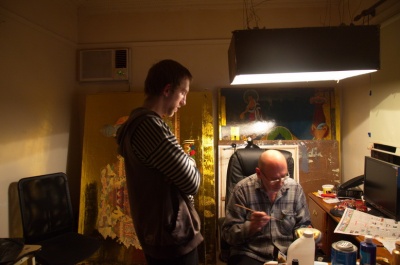From Tibetan Buddhist Encyclopedia
Jump to navigation
Jump to search
|
|
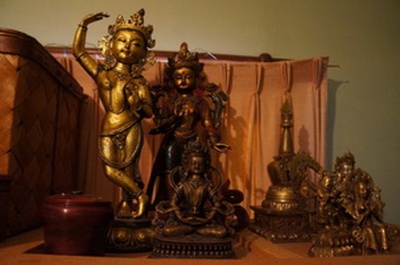 A statue should be an inspiration for your practice and the form itself should carry a strong blessing. Benny and I are busy with statues as you can see. To really finish statue it could take a couple of month at least. To paint it and later you have to fill it with texts and so called mix from herbs. We dont sell them (statues) we do our own statues. And of course we have plenty of them |
|
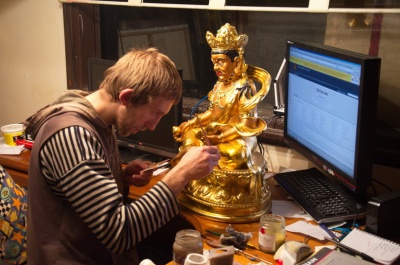 Benny is busy because he must use a gold and you must be careful when you deal with statues. He is painting a Vaishravana or Jambhala. We have to fix the statue because we need money for our website Chinese Buddhist Encyclopedia and we are sure Jambhala will help us. It means Jambhala must be beautiful outside and powerful inside. Lot of work have to be done. |
|
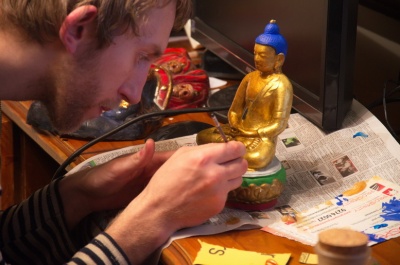 Over time, your Buddha statue may become tarnished and worn. You can breathe new life into the statue by refinishing it with the appropriate coating. Because statues are nonporous, they are ill-suited for paint adhesion. You must condition the statue with a specific type of primer, or it will inevitably shed its new finish. You should also select a particular type of coating, depending on the location of the statue, or you could end up with chipping and peeling. |
|
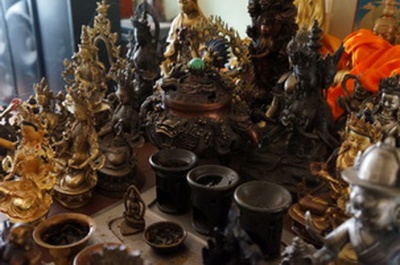 Buddhist sculpture reflects the wealth of the great Buddhist monasteries.The main purpose of the Statue is to portray a calm feeling that reflects a person’s mental state and the ability to control the negative feelings of greed and fear. |
|
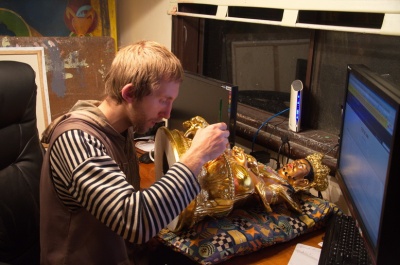 The last to be painted is the statue’s face. Statue face painting is the most important component of the entire painting process. Real gold is first melted, then combined with water and glue in precise amounts, and finally applied on the Buddhas’ faces. The facial features are then delicately painted with fine brushes. This is the most difficult part, and it requires months of practice with patience, continued effort and loving care to create an object that is both exquisite and sacred to behold. |
|
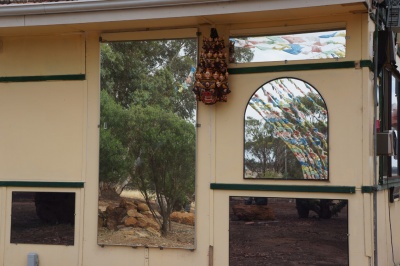 Mirrors have a variety of uses even outside of the house such as reflecting light, opening up space for you. That,s why we used mirrors on our house where we live' , It might be tempting to hang up a mirror to cover empty walls , but it’s reflecting something that’s worth looking at, in our case its Australian nature |
|
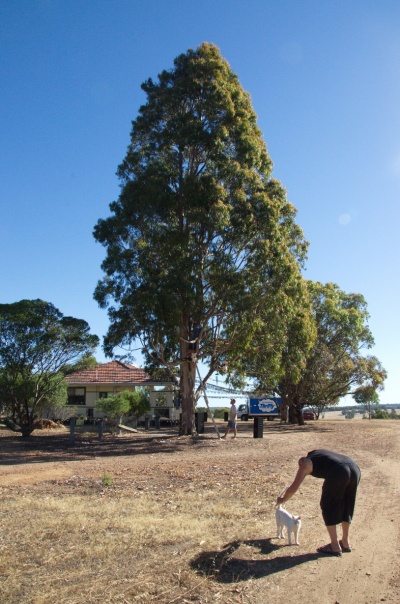 Juckie and I meet again. Strange he followed me everywhere, so I could say, my cat followed me around everywhere . If your cat follows you and hangs out wherever you are, it's a sign that he's interested in you and wants to be where you are |
|
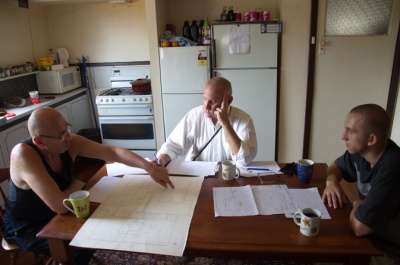 Me , Steve and Benny discussing our project to build the house and temple. Steve is architect in Perth.But is seems to be only a dream because to build a house and temple , then you need a lot of money and money for us is a problem. |
|
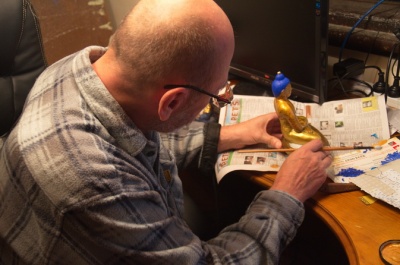 Painting Buddha images with the correct motivation purifies negative karma associated with the body, removes obstacles in one’s path and generates long life and good health. Buddha statues are the physical representation of the enlightened beings whose qualities include love, wisdom and compassion. These beings have practiced the Dharma and held their vows for three eons. With every prayer, prostration and offering made to these images, oceans of merit will be accumulated by those who were involved in the creation or painting of these images |
|
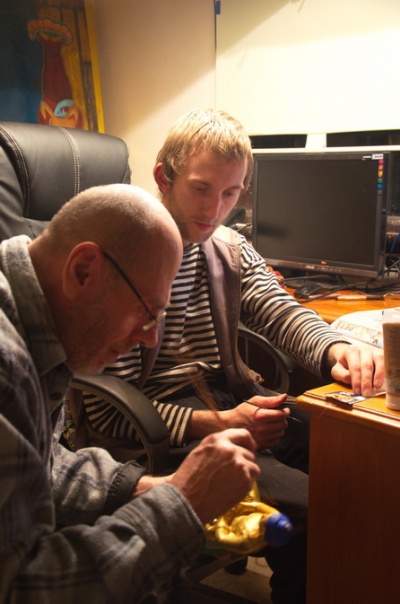 The first rule, you should always place the Buddha statue facing east, if possible into the sunrise to enhance his vibrancy and get the most out of it. The 3 places you should constraint from placing your Buddha statue – 1. Bathroom, 2. Bedroom, & 3. Kitchen (for obvious reasons) . It’s always advisable to to place him on a lofty perch, like a mantle, a raised platform or a all shelf. You should also put a piece of red paper, about 18cm in diameter, beneath the statue as a symbol of luck. If you choose to place it in your front room, make sure it faces the door. By doing so, you expel any negativity from entering your house. |
|
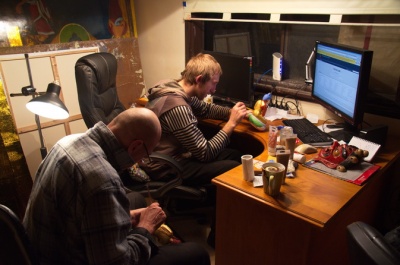 If you are into creative work, a Buddha statue placed on your table or desk can be extremely beneficial. You can also keep it on the study table of your kid. It enhances the capability of creative thinking while keeping you calm and helping in concentration. Many like to keep huge Buddha statues in their garden or lawn. What it does is, it channelizes the positive energy of the Universe and directs it to your life and house. The ground rule is, your Buddha statue should be placed in a place from where the positive energy can flow to every direction around your house. Any kind of obstruction is a complete no-no. |
|
